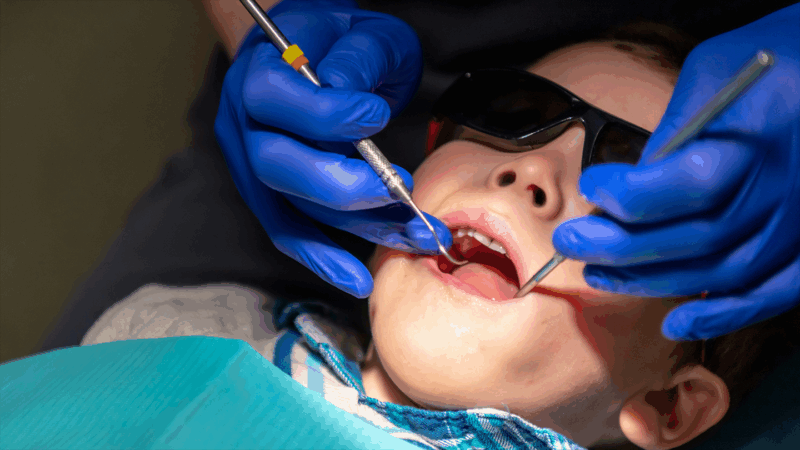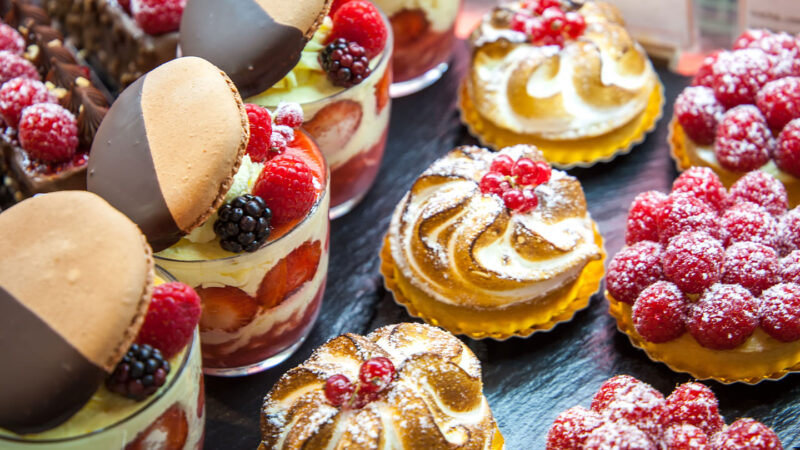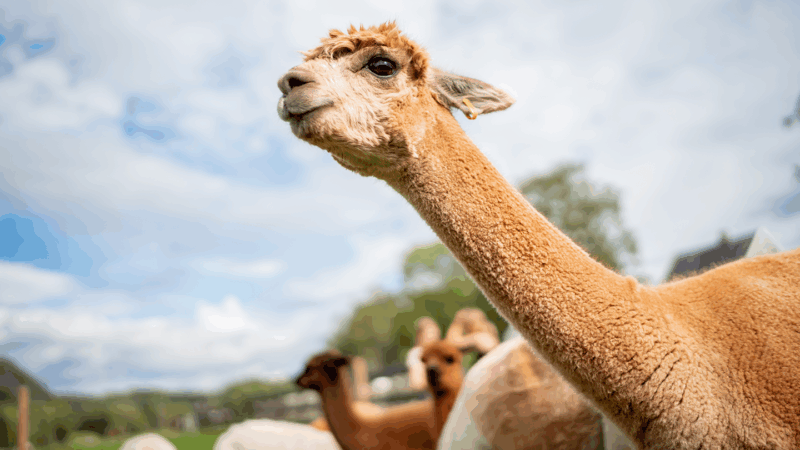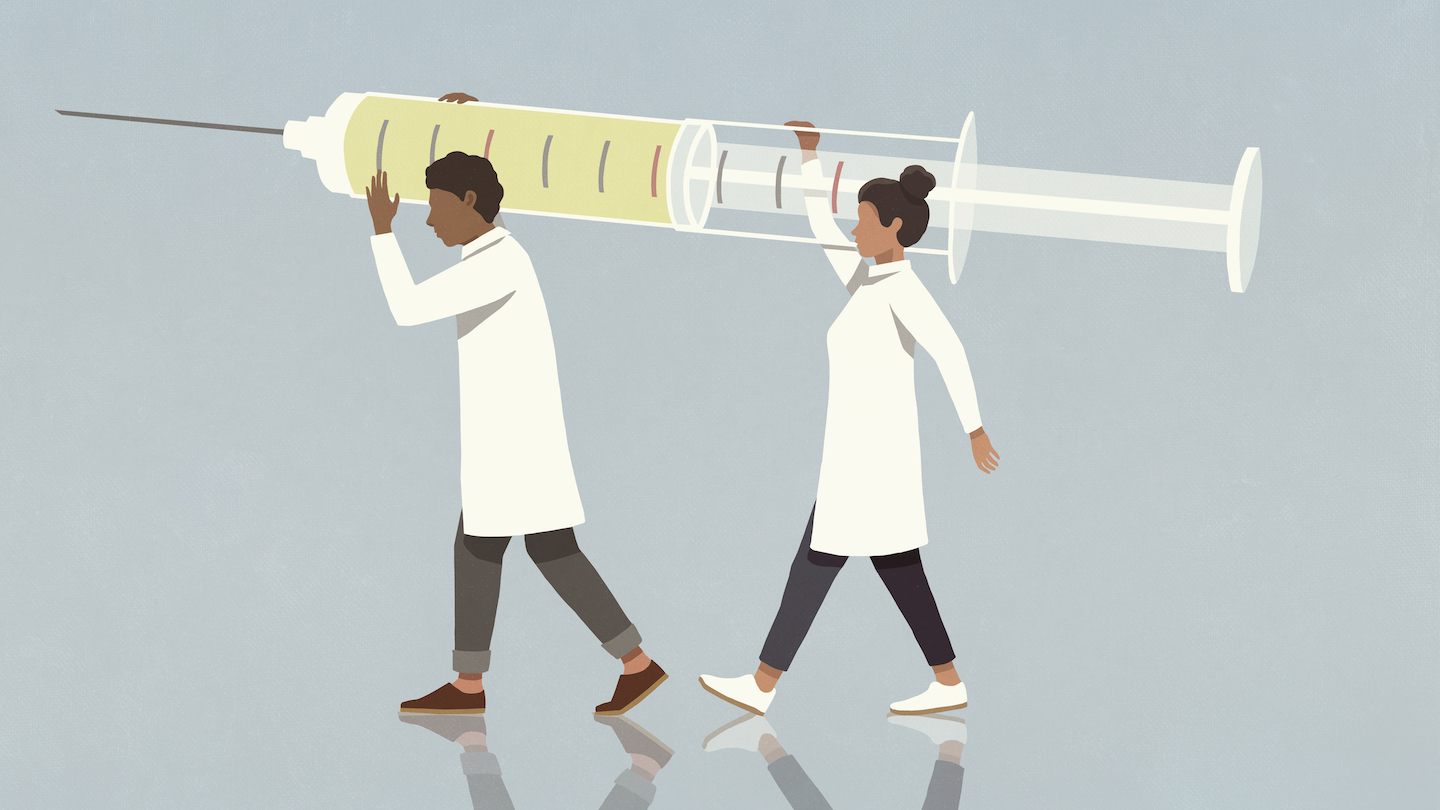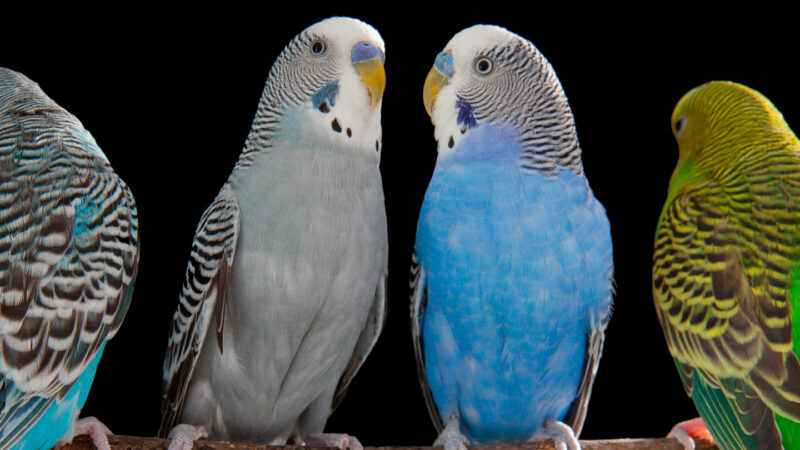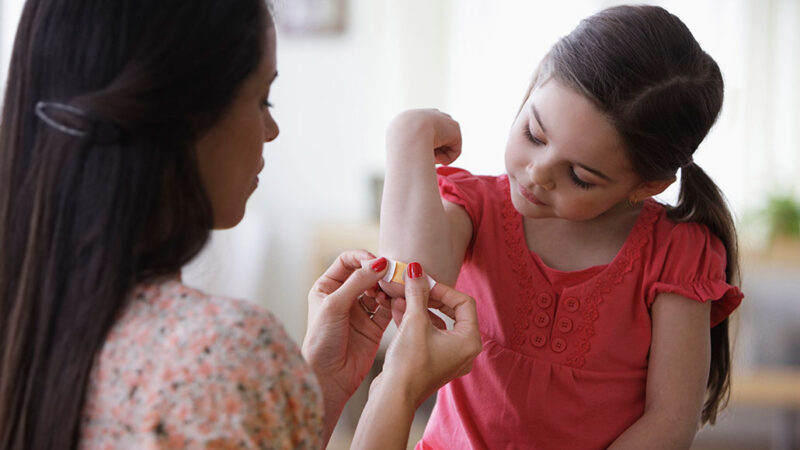Everybody loves bubbles! But what makes bubbles form and float up in the air until they pop?
The secret to a good bubble is something called surface tension, an invisible bond that holds water molecules together. Water is a polar molecule, so it has plus and minus ends — just like magnets that attract each other. When the water molecules align with each other they stick together, creating surface tension.
You might think it is the surface tension of the water that holds the skin of a bubble together. Actually, the surface tension of water is too strong to make a bubble. You can try yourself to blow a bubble with plain old water, it just won’t work! A good bubble solution has a detergent added to it to relax the surface tension of the water, allowing it to have more elastic, stretchy properties. Now it can act more like the skin of a balloon, stretching out nice and thin, trapping air inside of the bubble like a liquid balloon.
What do you need to make a good bubble solution at home? The basic ingredients are water and detergent. In this experiment, you will add glycerin or corn syrup to see if they can help you make better bubbles. Which solution will make the biggest bubbles? Which bubbles will last the longest?
Terms and concepts
To do this type of experiment you should know what the following terms mean. Have an adult help you search the Internet or take you to your local library to find out more!
- Water molecule
- Polar molecule
- Surface tension
- Physical properties
- Elastic properties
- Detergent
Questions
- What are the basic ingredients of a bubble solution and what do they do?
- How do the physical properties of the bubbles change when the ingredients change?
- What mixture makes the best bubble solution?
Resources
Read all about bubbles on this website from the Exploratorium Museum in San Francisco, developed by Exploratorium scientist Ron Hipschman:
- Hipschman, R., 1995. Bubbles, The Exploratorium Museum, San Francisco, CA. Retrieved June 6, 2007.
This article explains the components of a bubble formula and the history of bubbles:
- Pepling, R., 2003. What’s That Stuff? Soap Bubbles, Chemical and Engineering News, Volume 81, Number 17, pp. 34, publication of the American Chemical Society (ACS). Retrieved June 6, 2007.
Here is more information about soap bubbles from Wikipedia:
- Wikipedia contributors, Soap bubble, Wikipedia, The Free Encyclopedia. Retrieved July 26, 2010.
Materials and equipment
- Glass mason jars with lids (recycled jars work great)
- Measuring cups and spoons
- Distilled water
- Detergent such as liquid dishwashing soap (e.g. Dawn®)
- Glycerin, small bottle (available at a drugstore or pharmacy)
- Light corn syrup
- Pipe cleaners
- Permanent marker
- Stopwatch
Experimental procedure
- First, make your bubble solutions and store them in clearly labeled glass mason jars. Use one jar for each different solution and label with the formula using a permanent marker. Here are three basic solutions to try, but notice that the total volume of the solution is kept consistent:
| Ingredient | Solution #1 (detergent only) | Solution #2 (detergent + glycerin) | Solution #3 (detergent + corn syrup) |
| Water | 1 cup (240 mL) + 1 Tbsp (15 mL) | 1 cup (240 mL) | 1 cup (240 mL) |
| Detergent* | 2 Tbsp (30 mL) | 2 Tbsp (30 mL) | 2 Tbsp (30 mL) |
| Glycerin | 1 Tbsp (15 mL) | ||
| Corn Syrup | 1 Tbsp (15 mL) |
*Note: In the table, dishwashing soap is referred to as detergent.
- Now make a pipe cleaner wand for each solution. Pinch a pipe cleaner in the middle and give it a kink. Bend one half of the pipe cleaner into a circle and twist together at the center. Repeat with the other two pipe cleaners, and check that all three circles are the same diameter.
- Go outside and test your bubble solutions. Blow a bubble and catch it on your wand. Immediately start the stopwatch and time how long the bubble lasts. This will take some practice, so try it out on some extra solution before you start!
- Repeat the experiment as many times as possible for each solution.
- Record your data in a data table:
| Solution #1 – Bubble Time (sec) | Solution #2 – Bubble Time (sec) | Solution #3 – Bubble Time (sec) | |
| Trial 1 | |||
| Trial 2 | |||
| … | |||
| Trial 20 | |||
| Total | |||
| Average Bubble Time (sec) |
- For each bubble solution, calculate the average time in seconds that the bubbles lasted. Do this calculation by adding up all of the data for a solution and dividing by the number of trials for that solution.
- Make a graph of your data. For each solution, make a bar of the average time in seconds that the bubble lasted.
- Analyze your data. Which formula worked the best?
Variations
- In this experiment, you investigated the presence or absence of an additive like glycerin or corn syrup. What about the concentration? If you are good at timing bubbles, you can try this experiment using different concentrations of glycerin or corn syrup in your solutions. How little is too little, and how much is too much to add?
- Do bubbles always make a spherical shape? Try twisting pipe cleaners into different shapes, like stars, squares and triangles. What shape will the bubbles be?
- What happens when three or more bubbles come together? See if you can design an experiment to test the idea that three or more bubbles will always meet at a 120-degree angle.
- Have you ever tried Magic Bubbles? They are bubbles that resist evaporation and are so stable that you can even touch them without popping. The secret to this formula is a polymer (an elastic molecule) mixed into the solution, which adds to the elastic properties of the bubble while helping to prevent evaporation. Try adding your own secret ingredients to your bubble mix. Do they change the physical properties of the bubble? Here are a few suggestions:
- A small amount of glue
- Different combinations of food coloring
- Some scented oils
This activity is brought to you in partnership with Science Buddies. Find the original activity on the Science Buddies website.




